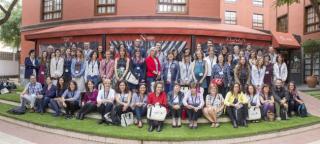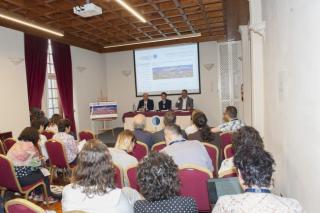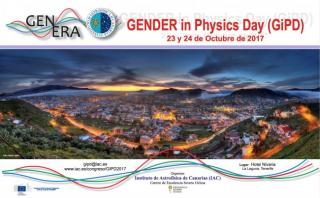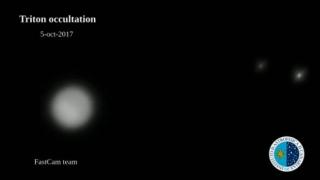
Las Políticas de Igualdad en Ciencia han centrado la atención del tercer bloque del congreso, clausurado en el Hotel Nivaria, en La Laguna, con una mesa debate donde se expusieron algunas iniciativas y proyectos nacionales y europeos en materia de igualdad de género ya en curso, así como posibles medidas a implantar para disminuir la brecha entre hombres y mujeres.
Advertised on




